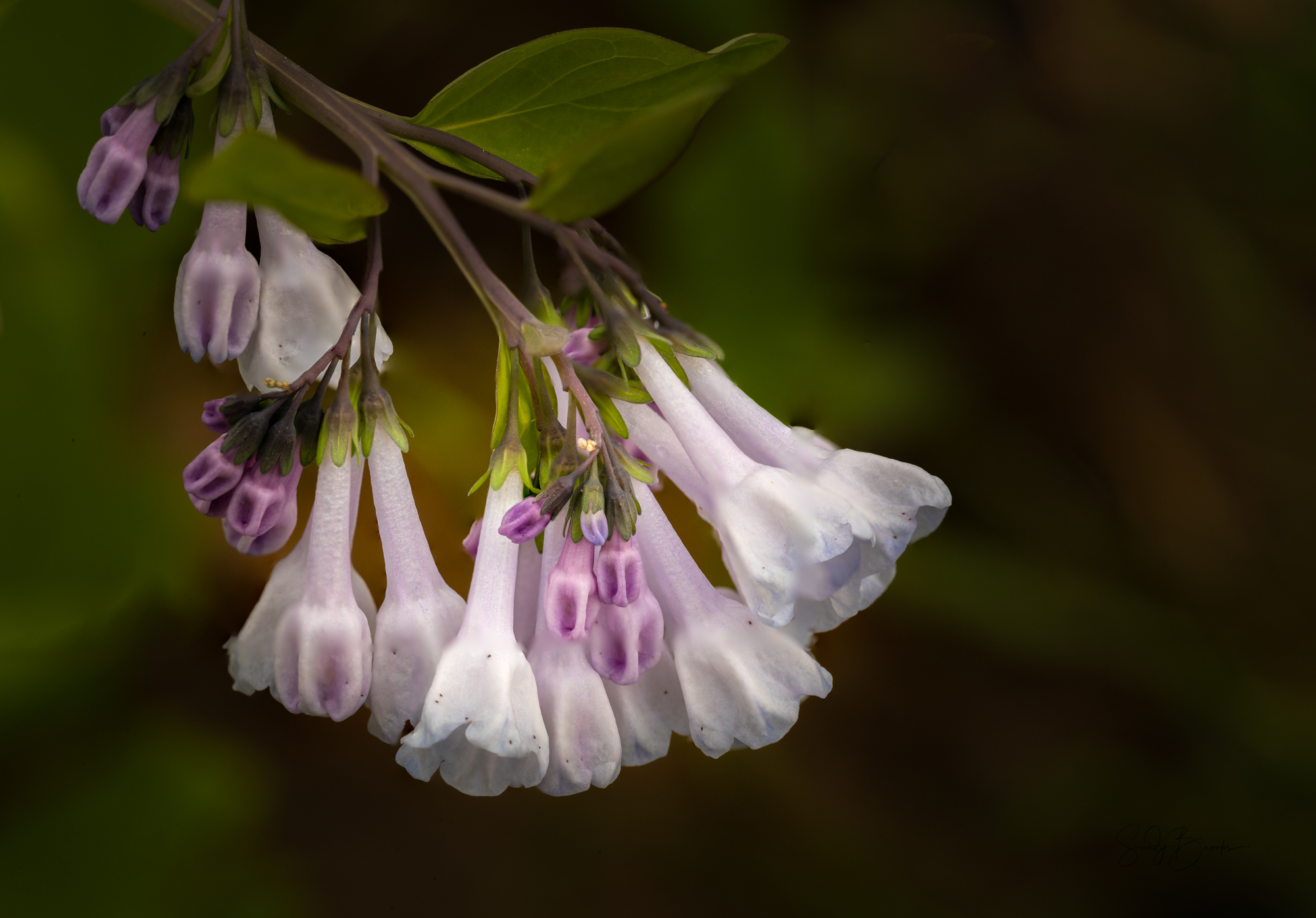Pruning
Definition
Pruning is the removal of part of the plant for the benefit of the plant. Also pruning cuts back parts of the plant for better shape or to improve fruiting.
Reasons to Prune
Key point is that pruning benefits the plant, not necessarily the homeowner, by
- remove diseased parts,
- removee broken limbs
- maintain open crowns.
- Encourage growth in specific ways. Pruning downward facing limbs encourages the upward limbs to grow. It can correct lopsidedness but only as a first step. The causes of the lopsidedness must be addressed (uneven sun, water, soil etc). Pruning can help a plant fill in gaps and encourage lateral buds.
- Remove excess buds to send more nutrients to the limbs and buds left on the tree encouraging stronger fruiting. Pinching buds back will also encourage branching.
- Control size (assuming you put the right size plant in the space to start with!)
- Enhances ornamental value (think topiary)
Types of pruning include drop crotch, thinning and heading back. Drop crotch pruning removes the terminal branch back to a lateral while thinning removes the lateral back to the origin. Heading back cuts the branch to a stub, small lateral or a bud. Heading back (topping) a tree will kill the tree. The growth that forms on the side is not as stable and poorly supported.


Proper Tool Use
The right tool is critical for any job. Tools for pruning include (sharp) hand pruners and loppers, saws and extension saws and pruners. Shears are not on this list. For pruners, avoid anvil pruners in favor of bypass pruners. Anvil pruners work similar to a knife where a blade is pushed through the plant material onto a cutting board, ie the anvil. Bypass pruners work more like scissors where two blades pass by each other. At first glance there does not seem to be much of a difference between these tools, but the difference is significant. Anvil prumers tend to crush soft plant tissue. When you use a bypass pruner correctly (see below), you will do almost no damage to the plant.
Limb saws are a specific type of saw designed for pruning limbs. The saw in the image of the extension saw below is a limb saw.



Pruning Process
The three cut method is the safest method to prune trees and woody ornamentals.
What to Prune
The three Ds: Dead, dying and diseased
Water sprouts and root suckers

Narrow Crotches (less than 30 degrees such as in Bradford Pears)

Rubbing branches

Competing branches

Note vertical and radial spacing
Shaping such as for topiary or espalier fruit trees.

To prune shrubs, work around the blooming time. For shrubs that bloom in the spring (azaleas, magnolias, hydrangeas), buds are set on last year’s growth so prune right AFTER they bloom. For shrubs that bloom in the summer on this year’s growth (lilacs), prune in early spring before growth (and flowers) appear.



